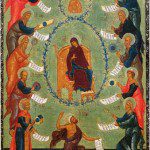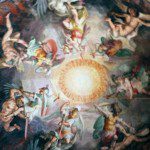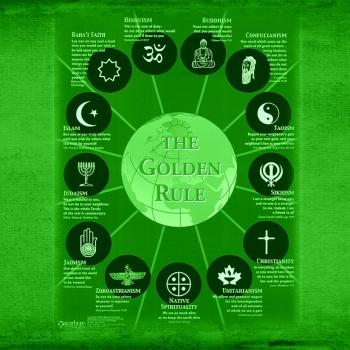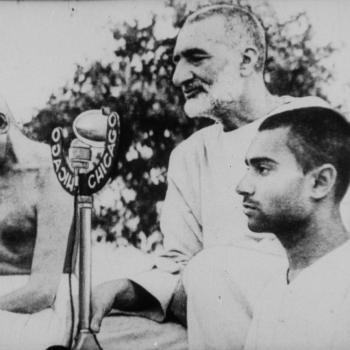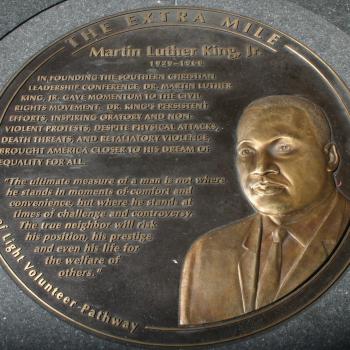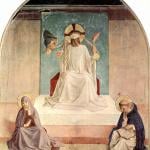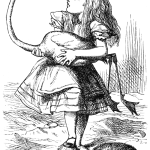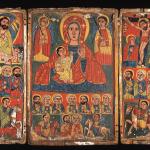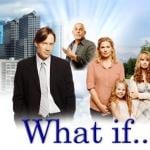1. Kinda

On the planet Deva Loka, a paradise-like world on which lives the people known as the Kinda, apparently a primitive race, a human expedition has been established in order to decide if the planet would be fit for human colonization. Some of the Kinda have been taken in by the expedition and used as labor, while most of them remain to themselves in their tribal unit. But there is an Old Wise Woman, and her younger apprentice, living on their own as hermits, who demonstrate that there is more knowledge and wisdom to the race of the Kinda than initially observed by the colonists. While most of the Kinda do not speak, and live almost like a tribal group, the Wise Woman speaks,and interacts with the humans in a way which demonstrates her superior form of wisdom to them (or, at least, to the men of the expedition).
The Doctor, and his companions, Tegan, Nyssa and Adric land on Deva Loka, but Nyssa is feeling sick and worn out and does not take part of the adventure; instead, she stays aboard the TARDIS to regain her health. The Doctor, Adric and Tegan find near where they landed a rather unusual musical instrument, which look like wind chimes made out of crystal. The Doctor plays them to hear how they sound, but is soon diverted by Adric, who finds an empty mechanical Survival Suit. With the Doctor investigating the suit with Adric, Tegan begins to feel sleepy, and sits under the chimes, before falling asleep. Once she is asleep, they seem to engage her in her mind, creating a conduit into her consciousness for the diabolical Mara. She encounters the Mara trying to make a deal with her, that she lets it used her body or else, she will never wake up but be confronted by terrors which she cannot comprehend created by the Mara itself. She fights off the Mara and its provocations for sometime, but her resistance eventually gives way, and she agrees to its terms.
Meanwhile the Doctor and Adric become involved with the human expedition. It turns out several members of the team have gone missing, leaving only a few people of the original crew at the ship, including the strict commander, Sanders, his unstable second in command, Hindle, and the female scientist, Todd. The Doctor and Adric are treated with suspicion, while Hindle begins to have a theory that the Kinda were involved and continue to be a threat to the crew. Eventually, Sanders decides to explore and see if he can find out what is happening, while Hindle is left in charge. Sanders encounters the Wise Woman who gives him a box (the Jhana box), which apparently causes him to briefly lose his mind. Hindle, on the other hand, grows paranoid, making the colony ship turn into a kind of mad-house. The Doctor has Adric try to appease Hindle as he works to convince Todd of his good will, which then allows him and Todd to try to find out what is really going on the planet and to see if they can work together to find a solution.
Meanwhile, thanks to its use of Tegan as a vehicle, the Mara finds a vessel from within the Kinda society for its own desires, taking control of him, and giving him voice. His objective is to turn the Kinda violent, encouraging them to take control of the planet from the outsiders, the “not-we”:
http://www.youtube.com/watch?v=xsbW_pNNcpI
The Doctor has to find the Wise Woman, find out what is happening to the Kinda, and find a way to break the influence of the Mara, healing the insanity which is found both with the Kinda and with the humans who have come to the planet.
This is a complex tale full of many characters, each having their role and function in the greater, overall story, while, unusual in a story like this, having their own character arc as well. This, combined with the humor found throughout the story (for example, the way the Doctor is considered to be a fool by the Wise Woman because he is a man who is not affected by her Jhana box), all point to a strong, well crafted story that was at its first broadcast unappreciated but has over time been seen as a classic story.
And its engagement of religious issues makes the story not only engaging, but quite unlike any other story in the series, being that it tells its story in an inter-religious fashion, combining elements from Buddhism and Christianity in a way which blends quite well together. The Mara, as previously stated in the discussion on Snakesdance, comes from Buddhist lore, as the ultimate tempter figure. Here, the Mara, as it were, is brought into the story of Eden. This mix between Buddhist and Christian legends was not initially the original intention of the author, but as the story was being worked on, the connections were being made and encourages, leading to a rather successful mix of religious myths. Aspects of Buddhist thought, including, but not limited to, the cyclical nature of existence (the fight against the Mara is itself shown to be constantly repeated in time, and that the Kinda civilization is far older than it appears because of it), reincarnation (the relationship between the Wise Woman and her apprentice connects to this theme), and meditation (as the breakdown the psyche is sometimes necessary before it can be built up properly). The Garden of Eden story is brought forth in many ways including the way the Mara reveals itself in the form of a snake, the Mara tempting and coming out through a woman (Tegan), and the dissolution of paradise which forms as a result of accepting such evil. While some Tibetan Buddhists, upon seeing the story, were upset with the mixture saying it was not properly representing Buddhist themes, this is because of the way the author was encouraged to mix in Western myths, allowing it to resonate with its audience with the familiar Western tropes. Snakedance, the sequel, to be sure removed much of those offending parts and brought more solid Buddhist association, but even here, the Buddhist allegory is able to be seen throughout even if it sometimes is overtaken by Christian lore.
http://www.youtube.com/watch?v=EXj1kTaNvyE
And yet it is this mixture which makes the story so enjoyable and unique. The whole is made great through its various great parts, and those parts included the elements of Buddhist and Christian lore, able to be brought together and used for a science fiction religious allegory.
Having explored my list of Top Ten Doctor Who stories engaging religious elements and themes, there remains the honorable mentions, those stories which also deserve recognition, to show how substantial religious themes can be in the series. In this list, I will include not only stories which have been televised, but one which was commissioned but not used, and several of the audio stories as well.


